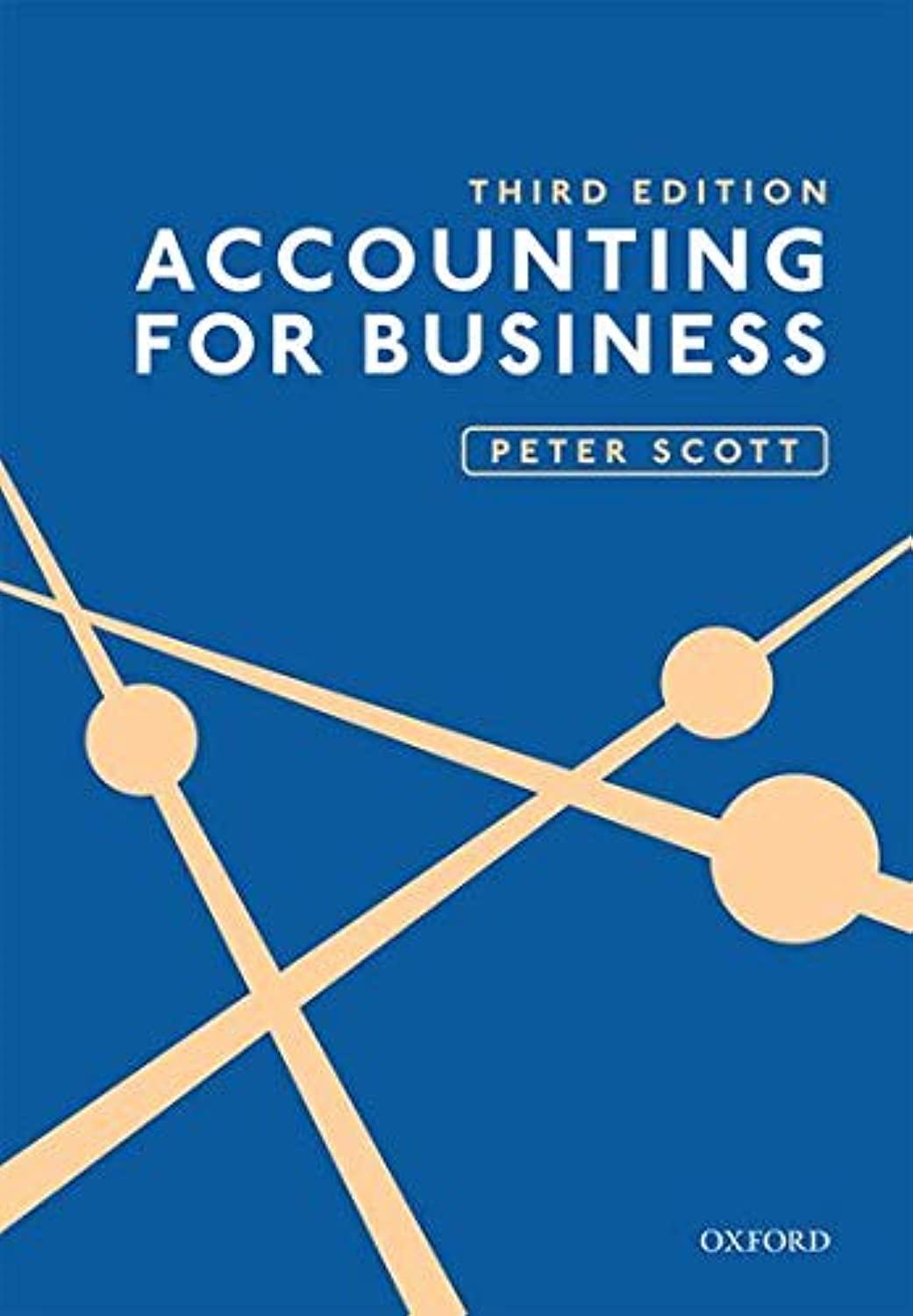Look up the answer to End-of-chapter questions 3.5. Using the statement of profit or loss and the
Question:
Look up the answer to End-of-chapter questions 3.5. Using the statement of profit or loss and the statement of financial position, present the statement of cash flows for Laura for the year ended 31 August 2019 using the indirect method.
Data from Exercises 3.5.
Laura was made redundant on 1 July 2018 and received £50,000 in redundancy pay. With this money, she opened a business bank account and set up a small building company undertaking household and small industrial construction work. She started trading on 1 September 2018 and she has now reached her year end of 31 August 2019. She has produced a summary of payments and receipts into her business bank account along with additional information that she thinks will be useful in preparing her statement of profit or loss and statement of financial position for her first year of trading. The details she has presented you with are as follows:
1. Laura’s customers usually pay cash at the end of each job. Cash received and banked from these sales totals up to £112,000. However, her small industrial clients keep her waiting for payment. Her invoices to her small industrial customers add up to a total of £48,000 for work carried out during the year, but she had only collected £36,000 of this amount by 31 August 2019.
2. Laura buys her construction materials on credit from a local wholesaler. Her total spending on materials this year has been £45,000 of which she had paid £38,000 by 31 August 2019. Her annual trading summary from the wholesaler received on 5 September 2019 tells her that she has qualified for a bulk purchase discount of £1,000 on all her purchases up to 31 August 2019. She will deduct this amount from her next payment to her supplier in September 2019.
3. Since 31 August 2019, a small industrial customer has gone into liquidation, owing Laura £2,500. The liquidator has told Laura that no payment towards settling this trade receivable will be made. The liquidation of this customer has made Laura think about the solvency of her other trade receivables. She decides that she would like to create an allowance for receivables of 10% of her remaining trade receivables.
4. Laura bought a second-hand van for £6,000 on 1 September 2018. She reckons this van will last for three years before she has to replace it. She anticipates that the trade-in value of this van will be £600 in three years’ time. Laura expects the van to travel 5,000 miles each year on journeys for business purposes.
5. Van running expenses and insurance for the year amounted to £4,000. All of these expenses were paid from the business bank account. No van running expenses were outstanding or prepaid at 31 August 2019.
6. On 1 September 2018, Laura paid £5,000 for various items of second-hand construction equipment. These assets should last four years and fetch £60 as scrap when they are replaced. Laura expects to make the same use of these assets in each of the four years of their expected useful life.
7. Two part-time helpers were employed for 13 weeks during June, July and August 2019. By 31 August 2019, Laura had paid both these helpers 12 weeks of their wages amounting to £9,600 out of the business bank account.
8. Comprehensive business insurance was taken out and paid for on 1 September 2018. As a new business customer, Laura took advantage of the insurance company’s discount scheme to pay £1,800 for 18 months cover.
9. Laura counted up and valued her inventory of building materials at 31 August 2019. She valued all these items at a cost to the business of £4,500.
10. Bank charges of £400 were deducted from Laura’s business bank account during the year. The bank manager has told her that accrued charges to the end of August 2019 amount to an additional £75. These charges will be deducted from her business bank account during September 2019.
11. Laura’s bank account was overdrawn in the early part of her first year of trading. The bank charged her £200 interest on this overdraft. Since then, her bank account has shown a positive balance and she has earned £250 in interest up to 31 July 2019. The bank manager has told her that in August 2019 her interest receivable is a further £50 and this will be added to her account in October 2019.
12. Laura withdrew £2,500 each month from her business bank account for her personal expenses. As she had so much cash in the bank in August 2019, on 31 August 2019 she used £90,000 from her business bank account to repay half of the mortgage on her house.
Step by Step Answer:






